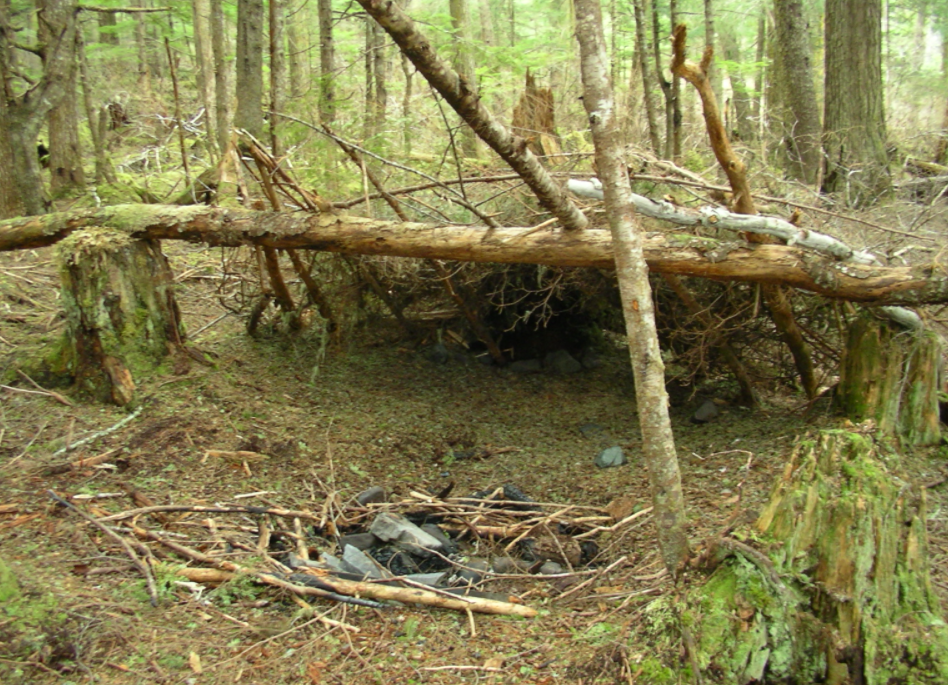No matter how prepared you may be for an outdoor adventure or how confident you are in your ability to follow a trail, it’s always a good idea to be prepared for the unexpected. Brush up on your contingency planning with these tips for what to do if you get lost in a forest. Now, let’s see What is the first thing to do if you are lost in a forest.
What is the first thing to do if you are lost in a forest?
Remain Calm
The VERY FIRST thing you need to do is stay calm. It’s normal to feel upset and confused when you realize you’re lost, but panicking and thinking negatively will cloud your judgment and limit your problem solving abilities. Take a moment to focus and calm your mind before taking any action. Like sit down for a minute or two and let your mind catch up to the fact you are lost.
Stay in One Place
If you don’t have a compass to direct your way, stay in one place where it will be much easier to search parties to find you. If you can easily retrace your steps back to the trail, do so and continue back up the trail. But if your path isn’t easy to follow, stay right where you are. Mark that original “I’m lost” spot with branches or rocks to make it very noticeable and use it as a jumping off point to explore your near surroundings, remembering to frequently return back to the original spot so that you never lose it.
Find Shelter
During these short, well-marked ventures away from the original “I’m lost” spot, look for existing structures you can use for shelter. If there aren’t any, begin structuring wood overlaid with leaves and branches to fashion a makeshift shelter and be sure to layer any clothing items you have so that you can stay as dry and warm as possible.

Make a Fire
A fire is essential to staying warm, purifying water and cooking. Begin gathering dry wood, twigs, bark, leaves and any paper you have that could fuel a fire. If you didn’t bring matches, a lighter or flint, use the fire-plow method to start a fire (think “Cast Away”). To use this method, rub dry wood together in a divot until the friction creates smoke and/or a spark, which can then be gently blown on until a piece of paper or twigs are caught on fire.
Find a Water Source
Hopefully, you brought plenty of water and food on this forest adventure, but if not, or if your supplies are dwindling, it’s important to find food and water. If you are able to make a fire and have a container, boil water from a stream, river or puddle for at least three minutes before drinking. But, if you are unable to start a fire, begin collecting rainwater or drinking the dew off of leaves. Drinking straight from a river without purification should be reserved for emergencies only, as it may make you extremely sick.
Forage for Food
If you’re worried about running out of food, begin foraging for foods from your surroundings like acorns, walnuts, pine needles, wild onion and garlic. If you aren’t completely certain that the food is edible, don’t eat it. It is often wise to avoid berries and mushrooms, since there are many look-a-likes of edible varieties that are poisonous. If you aren’t able to subsist on plant matter, you can roast insects or small game over the fire. Hunt by throwing a sharp stick at the animal to stun it before killing it, or try spear-fishing with a stick. Above all, when it comes to finding food, it is better to be hungry than sick. Avoid eating anything risky for as long as possible.
No one likes to think about being lost out in the forest, but it is always good to be prepared. Before going on your next forest adventure, brush up on survival techniques and be sure your backpack is full of the essentials – a map and compass, waterproof and windproof clothing, a way to start a fire and plenty of water and high calorie food.